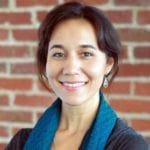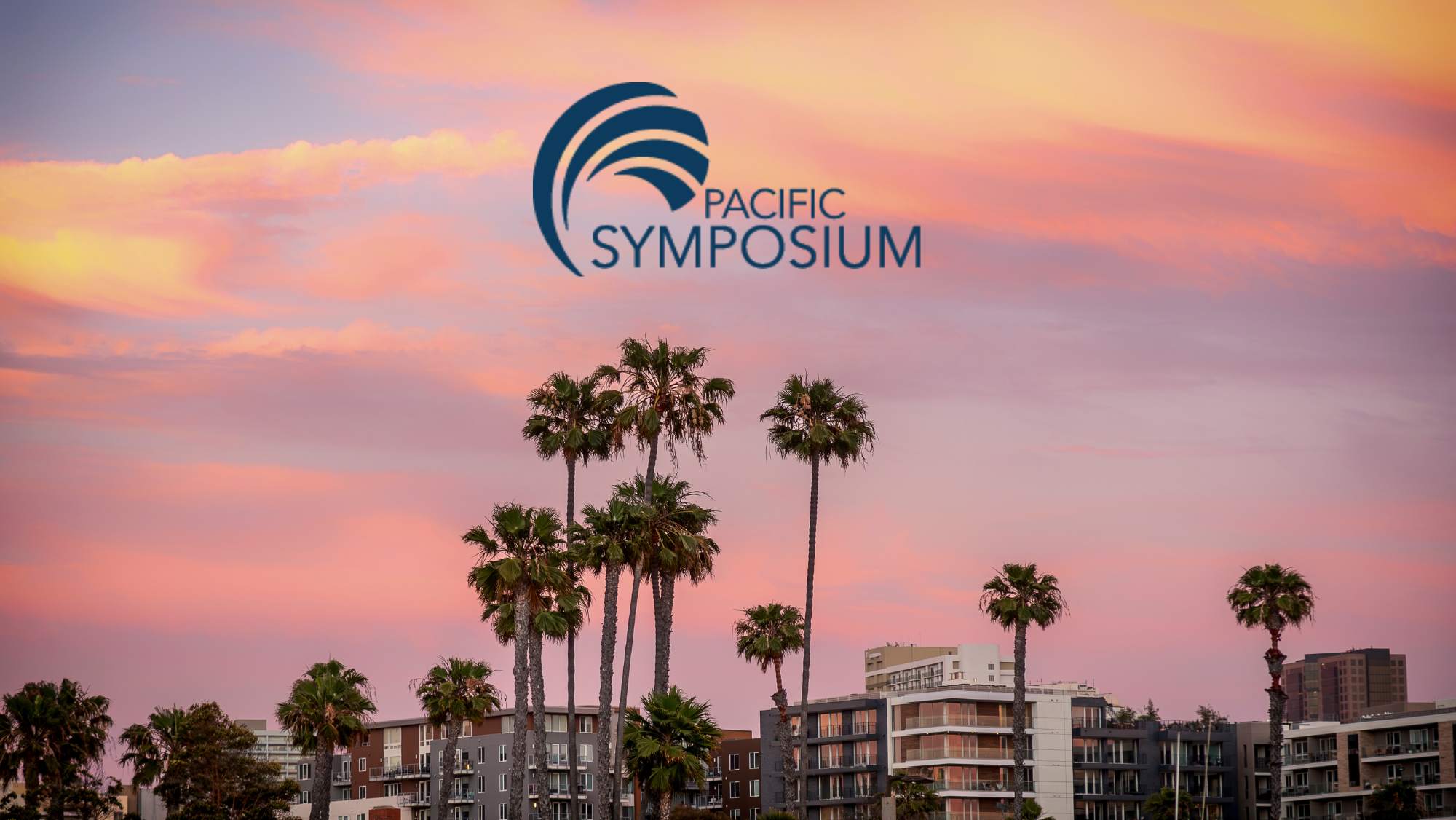We do it 8 hours a day, and we’re probably not doing it well…
I like to think of myself as a sprightly 30-something, but I’m definitely no stranger to back, neck and shoulder pain. I notice it all the more that it comes up all the time at the clinic: an incredible number of people of all ages come to see us for both acute and chronic back, neck and shoulder pain.
There are a million things that can cause these kinds of pain, but sitting at a desk for 8 hours a day sure doesn’t help—especially when we’re doing it the wrong way.
Your sit-well checklist
I’ve been pretty half-arsed about my desk ergonomics. I’ve pieced together bits of information that I’ve overheard, and done the best I could with that. But my aches and pains are still there, so I decided to formally read up on how to optimize my desk space. Now I’m relaying it to you in digestible bullet points:
- Chair height: adjust the height of your chair so your hips bend between a 90- and 120-degree angle.
- Feet flat on floor: make sure that your feet are resting comfortably flat on the floor. Use a foot rest if need be.
- Low keyboard: to reduce elbow, wrist and shoulder pain, your keyboard should be in line or lower than your elbow joint. This will most likely require a keyboard tray.
- Keep eyes level with the top of your monitor: if the screen needs to be raised, you can add a few books under it.
- Wrists straight: if your wrists bend in typing position, it’s time to find yourself a wrist rest.

- Good posture: sit with your back straight, don’t lean forward, and use a pillow if you need lower back support.
- Take breaks (for your body and strained eyes): take breaks and get up and move/stretch frequently throughout the day. And don’t forget your eyes, which spend the day focused on a single point in front of you. They say that every 20 minutes you should fix your gaze on a point 20 feet away for 20 seconds. You may want to consider free apps that help remind you to take these types of breaks.

Can you stand it?
So if you’ve checked all of those items off of your list, many will say that sitting all day is just plain old bad for you, regardless of how much you resemble the graphic above. Their antidote to the perils of sitting? Standing desks.
I’ve heard lots of great things about them, ranging from how they cure restless legs and insomnia to how they boost creativity. If standing desks are of interest, here’s everything you’ve ever wanted to know about them – why to stand, how to do it and a review of the best desks out there for various budgets.
Acupuncture to the rescue
And if the damage is already done, acupuncture is an effective way to heal muscle and joint pain – stay tuned for our article about how it actually works!







